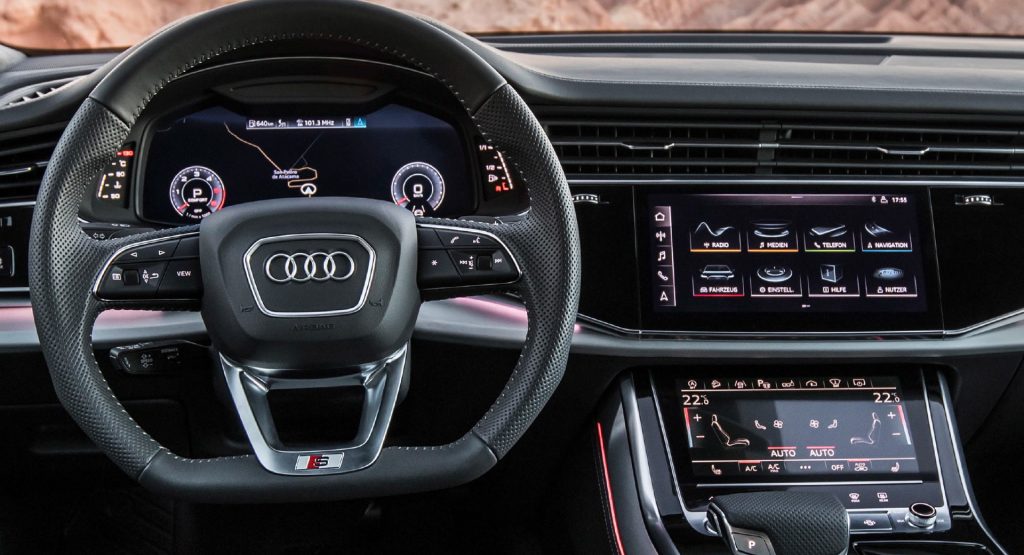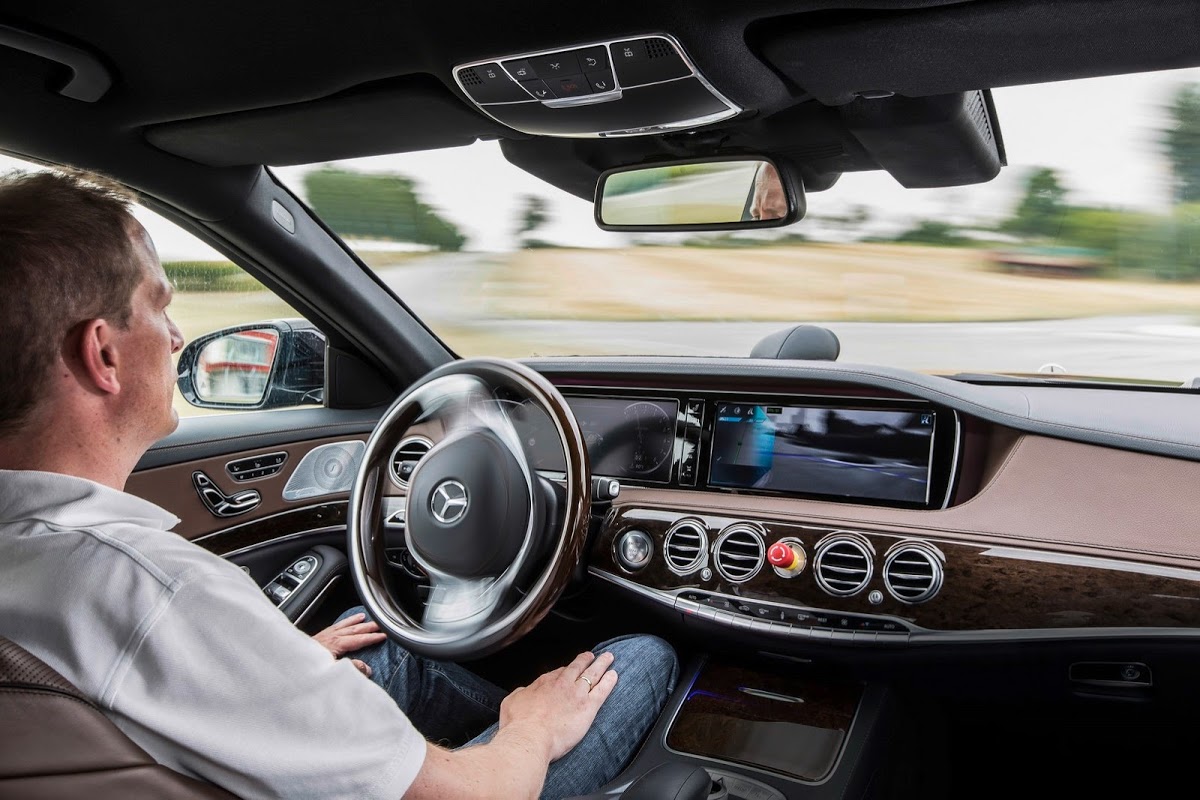Cars are becoming computers on wheels and that’s driving up costs.
In a report compiled by Deloitte, the company noted the automotive industry has changed significantly as in 2004 only 25% of cars had airbags and less than 50% had power seats.
Since then, the number of electronic components in cars has increased significantly and this due, in part, to safety regulations. In particular, the company noted in 2004 less than 20% of vehicles were equipped with things such as stability control, side airbags, tire pressure monitors, rear parking sensors and blind spot monitoring systems. In 2017, many of these systems were equipped on more than 80% of vehicles.
Also Read: Bentley Designed Its Digital Screens To Age Well With Their Cars
Of course, those are just relatively basic safety features. Modern vehicles are equipped with an assortment of other electronics including adaptive cruise control, auto-dimming mirrors, infotainment systems and passive entry systems. Newer cars also boast an assortment of fuel saving features such as cylinder deactivation technology, engine start / stop systems and hybrid or electric powertrains.
While there’s no denying that modern cars are far more advanced than their predecessors, the new features are driving up costs. As Deloitte noted, electronics represented 18% of a total vehicle’s cost in 2000 but that figure is now 40%. In 2030, it’s expected to hit 45%.
Getting more specific, the company said the cost of semiconductor content was $312 (£251 / €288) per vehicle in 2013. That figure has now jumped to approximately $400 (£322 / €369) and it is expected to reach nearly $600 (£483 / €554) by 2022.
Of course, it’s not surprising that costs are rising as vehicles now come with advanced safety systems, multiple displays and semi-autonomous driving technology. As the latter becomes more common and automakers are able to achieve higher levels of automation, electronic costs will likely climb even higher.










